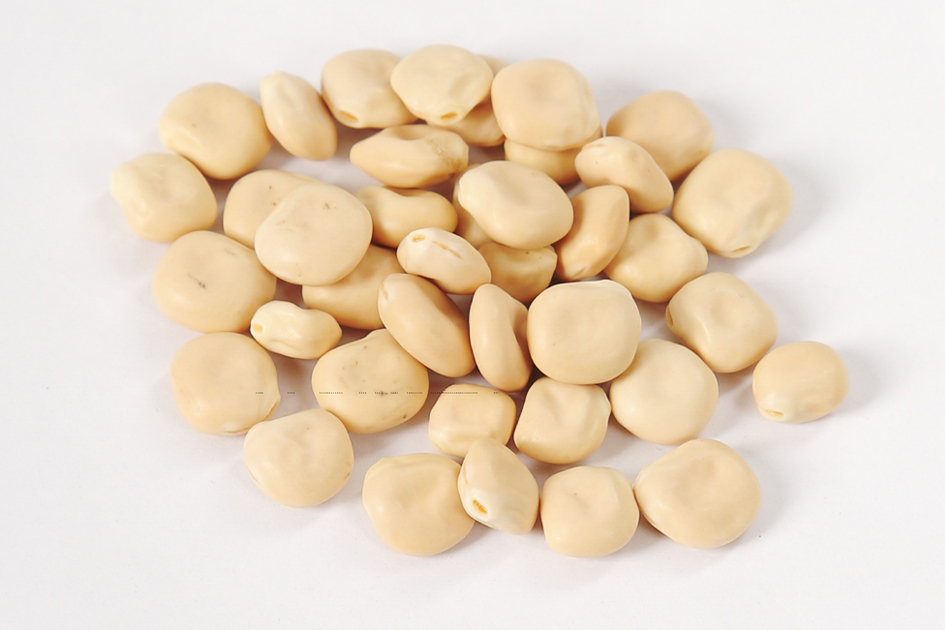ترمس Lupine
Lupine is a plant belonging to the legume family, and its seeds are oval in shape. Lupine can grow in a variety of environments. There are two main types of lupine: sweet lupine and bitter lupine. Sweet lupine is typically consumed after processing, while bitter lupine requires special treatment to remove its toxic compounds, which can be harmful if consumed directly.
Nutritional Value of Lupine
Lupine is considered a food with high nutritional value, containing many essential nutrients that support body health. Some of the main nutrients in lupine include:
Protein: Lupine is rich in plant-based protein, making it an ideal option for vegetarians and those following plant-based diets.
Fiber: Lupine is high in dietary fiber, which aids in digestion and promotes healthy bowel movements.
Vitamins and Minerals: Lupine contains many vitamins, including vitamin B and E, as well as important minerals like iron, magnesium, and potassium.
Carbohydrates: Lupine contains complex carbohydrates that provide sustainable energy and help regulate blood sugar levels.
Benefits:
Promoting Heart Health:
Lupine contains fiber and healthy fats that help reduce bad cholesterol levels in the blood, which lowers the risk of heart disease and cardiovascular issues.
Supporting Digestive Health:
Due to its high fiber content, lupine helps improve digestion and regulate bowel movements, reducing issues like constipation and promoting overall digestive health.
Weight Management:
Lupine contains high levels of fiber and protein, which help promote feelings of fullness for longer periods, reducing overeating and aiding in weight control.
Supporting Bone Health:
Lupine contains minerals like magnesium and calcium that help strengthen bones and maintain bone health.
Blood Sugar Control:
Lupine contains complex carbohydrates, which help regulate blood sugar levels and prevent rapid spikes in blood sugar after meals.
Boosting the Immune System:
Thanks to its content of vitamins and minerals like iron and zinc, lupine helps strengthen the body’s immune system, contributing to disease resistance.
Uses:
Lupine can be consumed in many ways in cooking. In many countries, it is prepared as a snack by washing it thoroughly and soaking it in water for several days to reduce its bitterness before eating. It can also be used in salads, soups, or added to main dishes as a nutritious supplement. In some cultures, lupine is served as a snack with spices or olive oil as an appetizer.
Lupine in Different Cultures
Lupine is considered a traditional food in many cultures around the world. In the Middle East, lupine is a popular snack consumed between main meals. In Spain, lupine is a key ingredient in some dishes, such as “tropas,” which is served as a snack in certain regions. Lupine is also popular in many Mediterranean countries, where it is eaten as a simple food or with drinks.
Export Details for Worldwide Distribution:
Type: Lupine beans
Weight: 20 or 25 kilograms
Packaging: Automated
Packing: Bags
Container: 20-foot
Origin: Egypt

